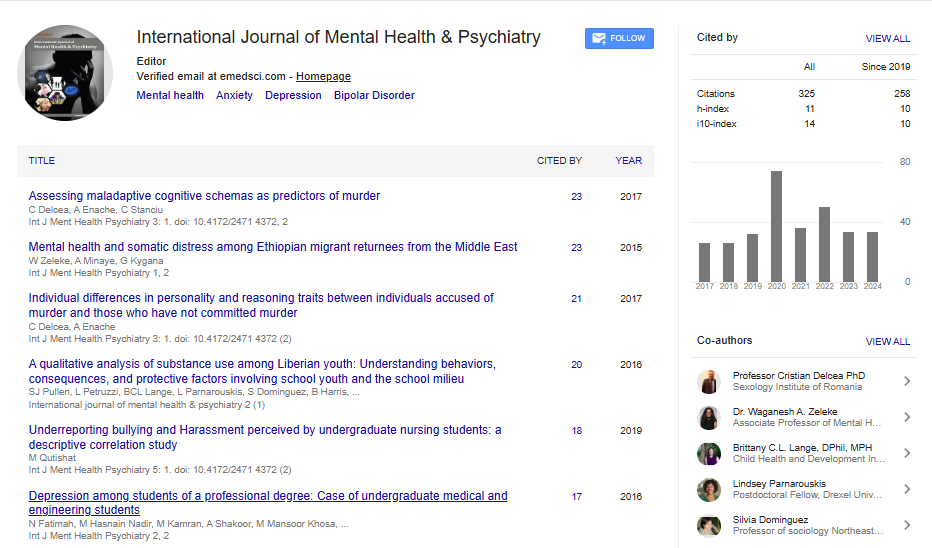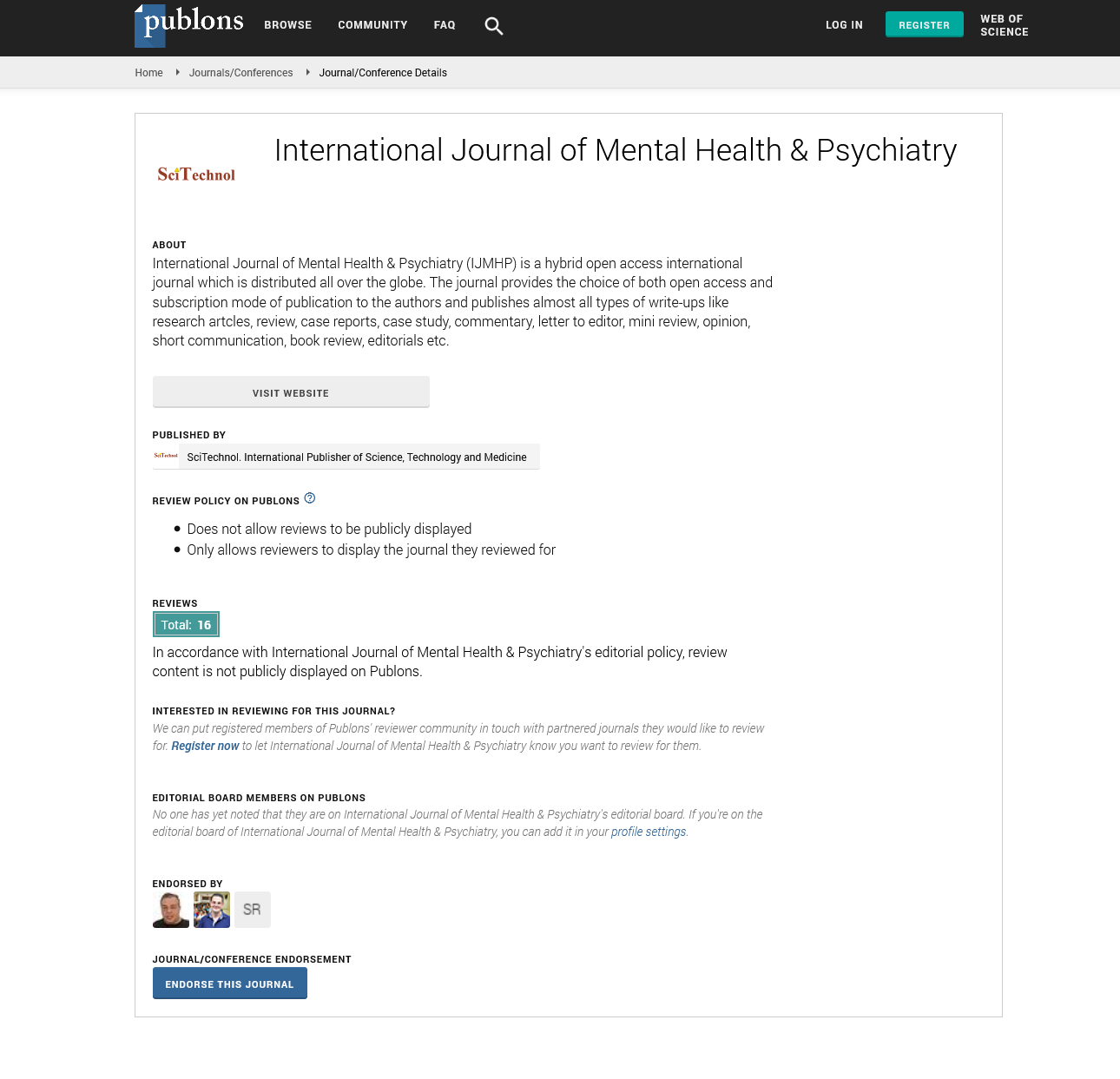Neuroscience, architecture and design as therapeutics in brain disorders
Berta Brusilovsky Filer
Architect, Spain
: Int J Ment Health Psychiatry
Abstract
Due to the history of architecture based on very prominent urban, functional, and aesthetic factors, it is being insufficiently valued as a rehabilitation factor. This presentation wants to value architecture as a health factor in cases in which neurological disorders do not imply definitive loss of neurological functions. Our progress was structured from the study of the neurology of spatial behavior and the creation of specific design instruments to take on the challenge of making spatial improvements and adjustments in spaces for people with orientation problems, intellectual disabilities, autism and older people with cognitive impairment and dementia. We built a list of neurological functional profiles (FP) where nerve impulse blocks can appear. And then, the adapted spatial patterns or scenarios (SP). They represent a wide spectrum of functions of the nervous system with which the human being naturally carries out all his activities. Considering the possible interruption in nerve impulses that could cause blocks: intellectual disabilities, autism, aging. A guide to create scenarios or spatial patterns because they respond to the needs for maintaining autonomy, generating positive emotions, promoting physical and mental activities for maintenance and neurological recovery. FP list: Monitoring and spatial orientation: functional and sensory organization with shapes and colors. Spatial sequences without fractures; all encounters solved, with anticipation of future events. Sensory: visual and auditory related to afferents (sensory) and cognitive and motor efferent. Perception: Spatial, specific solutions related to a-perceptual agnosias. Cognition: comprehension, memories, and attention. - External memories to recognize activities. - Facilitate care with the use of digits for dementia. Motor actions: - Activation by “direct route”: activate movements forgotten or lost due to apraxia. - External memories for remembrance and its need for repetition, with distances based on short-term memory. - Elements on the ground for anti-blocking of motor actions (freezing). Attentional control: disconnects attention from dangerous areas. Avoid behavioral fatigue: design shapes, dimensions and objects related to physical and mental activities..
Biography
Berta Brusilovsky as an architect, investigate from the theory and experience of the projects. Promotes cognitive accessibility for people with spatial orientation problems, intellectual disabilities, cognitive impairment, and autism. She works with concepts of neurology of spatial behavior and architecture. It creates a comprehensive set of "neurological functional profiles" that represent processes where blockages in the transmission of nerve impulses can occur that design, architecture can improve. His publications are widely known and used for the design and evaluation of environments and buildings so that the result is compatible and adjusted to the walking abilities of people with a variety of mental health problems, intellectual disabilities, and older people with aging diseases..
 Spanish
Spanish  Chinese
Chinese  Russian
Russian  German
German  French
French  Japanese
Japanese  Portuguese
Portuguese  Hindi
Hindi 
